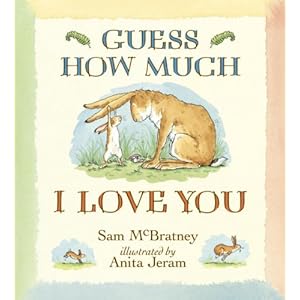
Houghton Mifflin Company, Boston, 1984.
Hardcover edition, 32 pages, ISBN 0-395-35393-9.
The detailed backstory presented by Van Allsburg concerning the origins of these drawings seems purposely a bit tongue in cheek to whet the appetite of gullible young readers. Considering that the drawings are all composed in his signature style, the story becomes increasingly difficult to swallow. According to the introduction, a man named Harris Burdick had left a portfolio of story illustrations with a children's book publisher and never returned. The mysteries of what the stories might have been about is even more intriguing than the disappearance of the man himself.
Fourteen drawings are presented in full page, black and white detail. The opposing page holds a caption followed by an intriguing sentence. The first one reads: ARCHIE SMITH, BOY WONDER, with the accompanying teaser "A tiny voice asked, 'Is he the one?'" The picture show a young boy asleep in his bedroom. The window is open and a pair of glowing orbs are hovering over him, with more orbs visible outside.
Although many schools use this book to inspire writing projects with older children, the pictures may encourage oral storytelling as well. Examination of both the illustrations and the written clues may lead to a burst of creative and imaginative works by an individual, or a less formal sharing of ideas in a small group.
Redbook's Children's Picture Books Award, 1984
New York Times 10 Best Illustrated Children's Books of the Year, 1984
Black Award for Excellence in Children's Literature, 1984
American Institute of Graphic Arts Book Show Award, 1985
Boston Globe Horn Book Award, 1985
School Library Journal Starred Review























